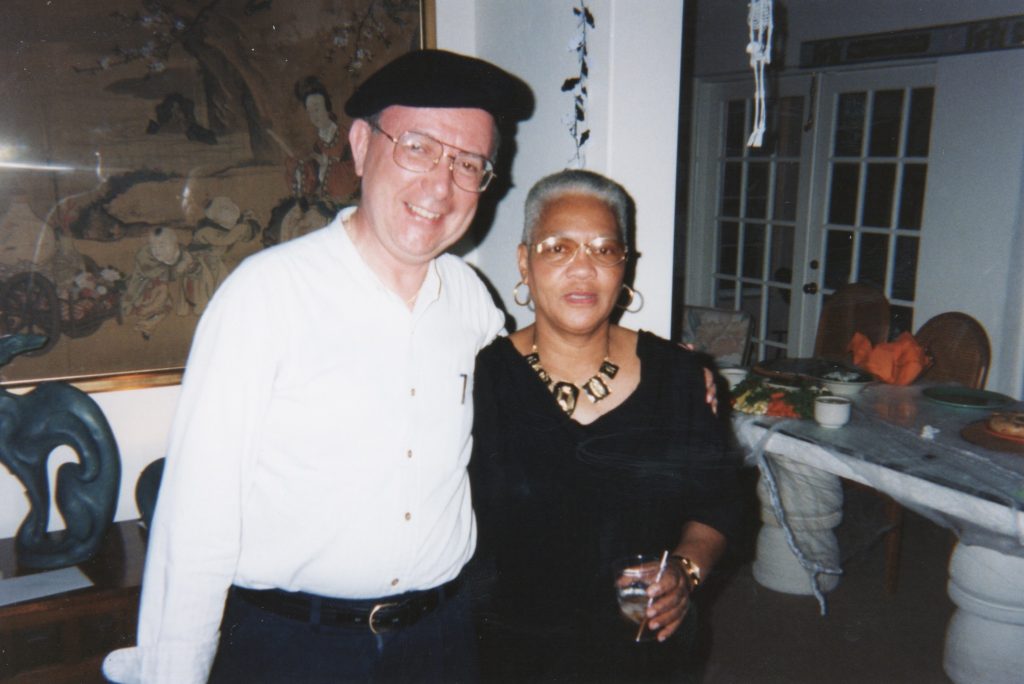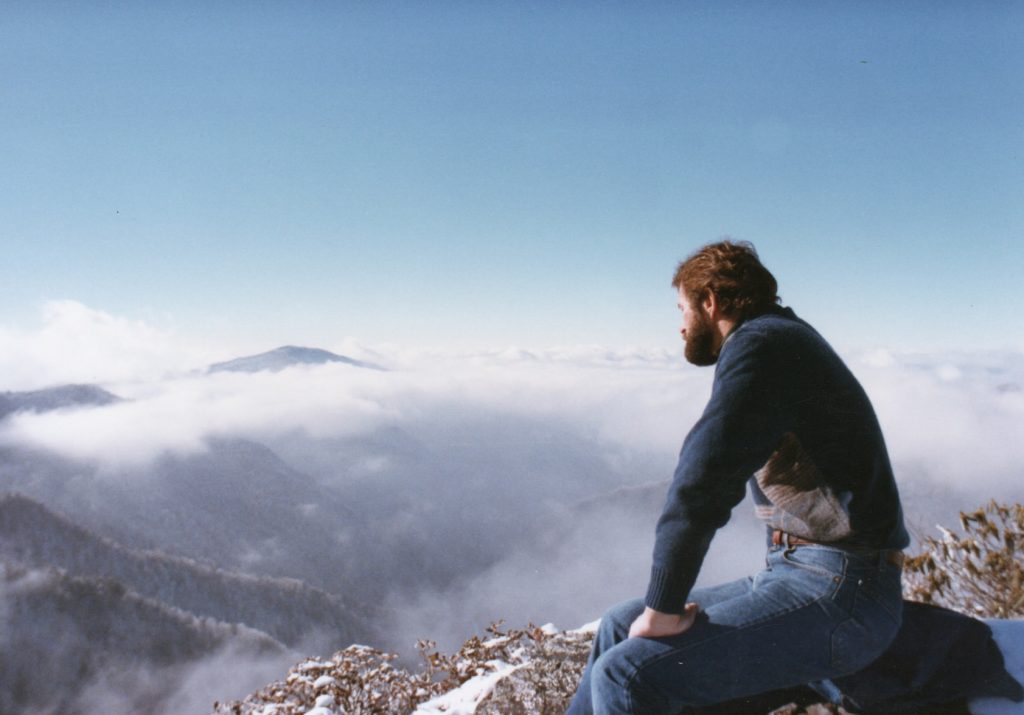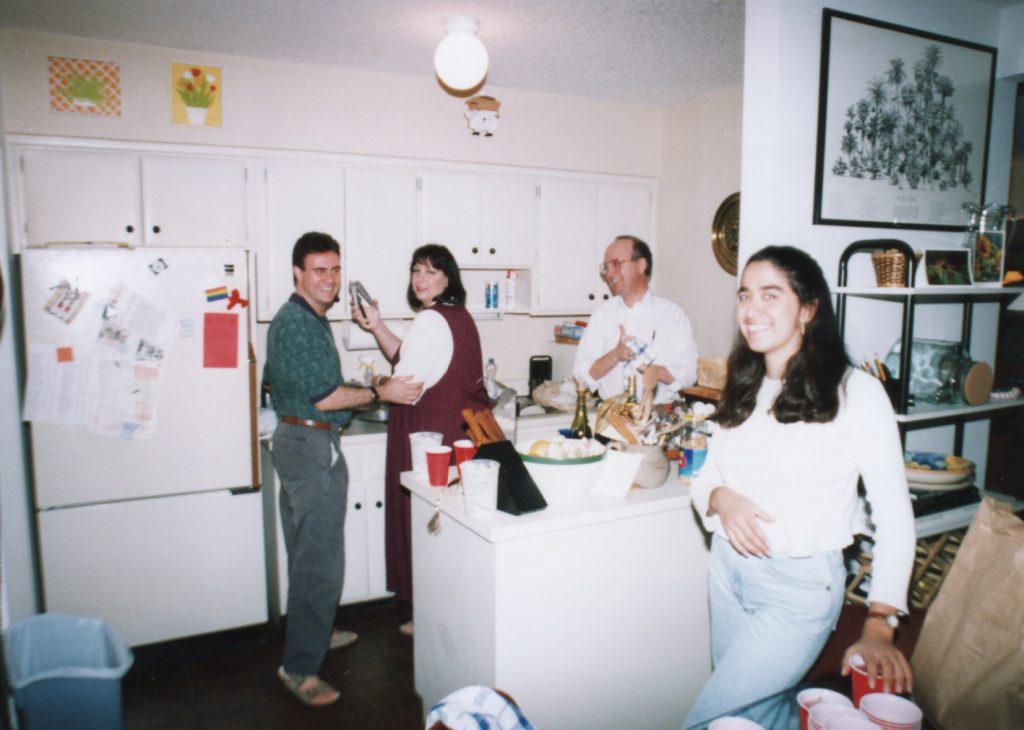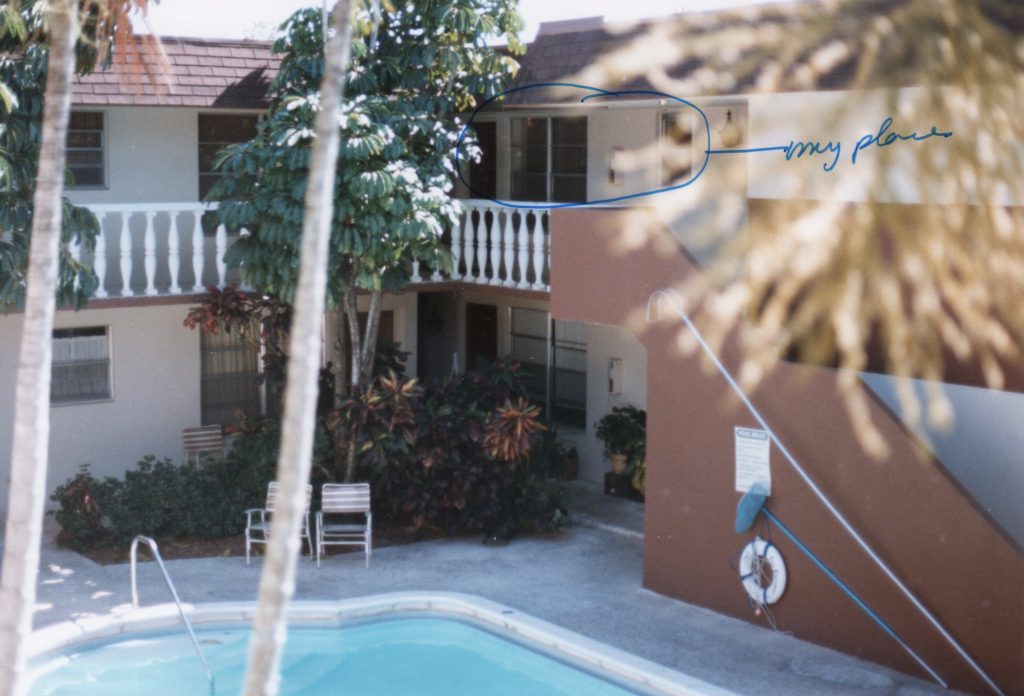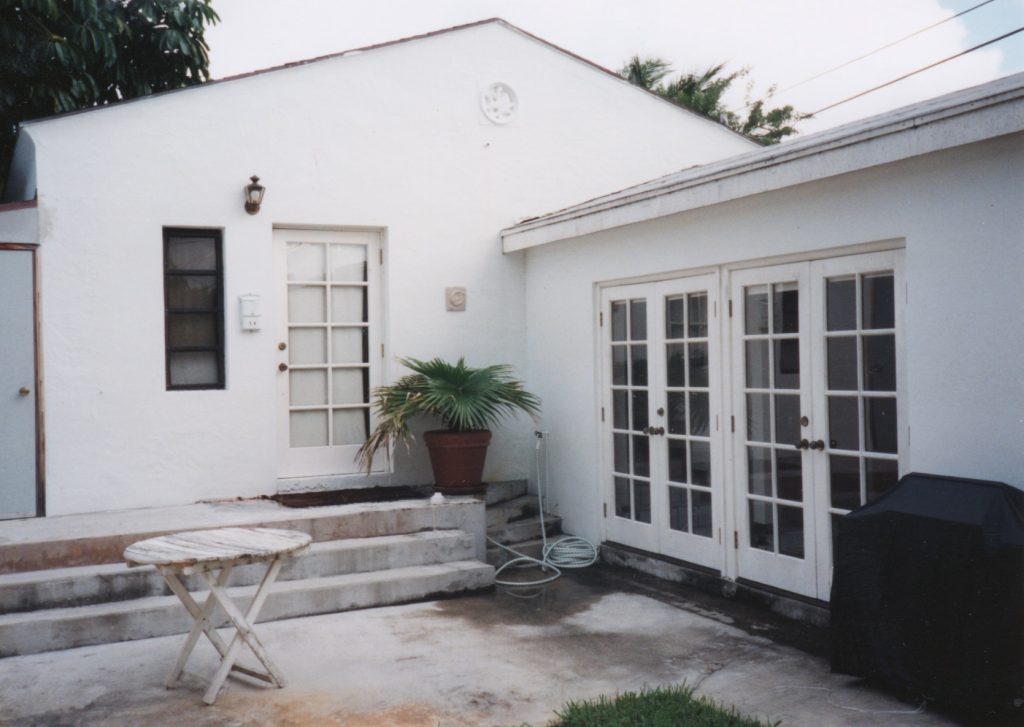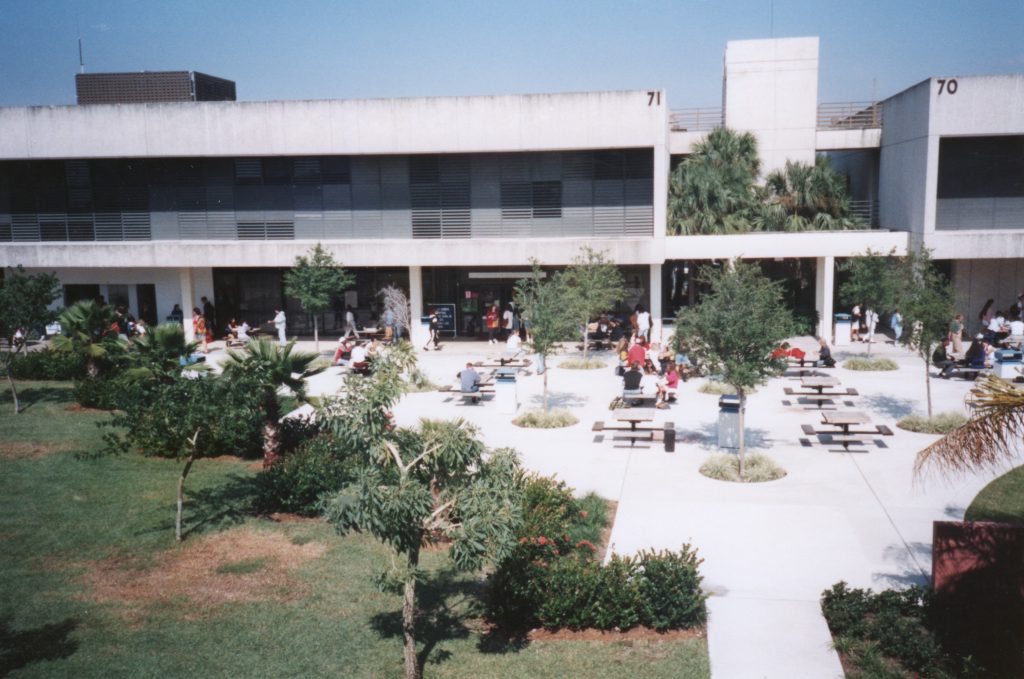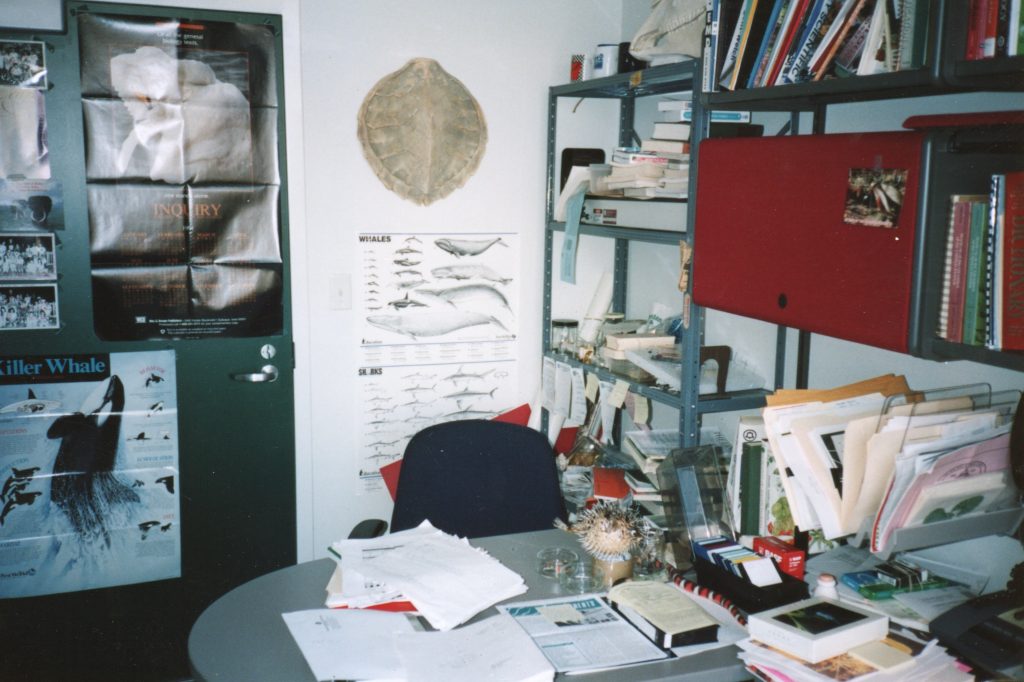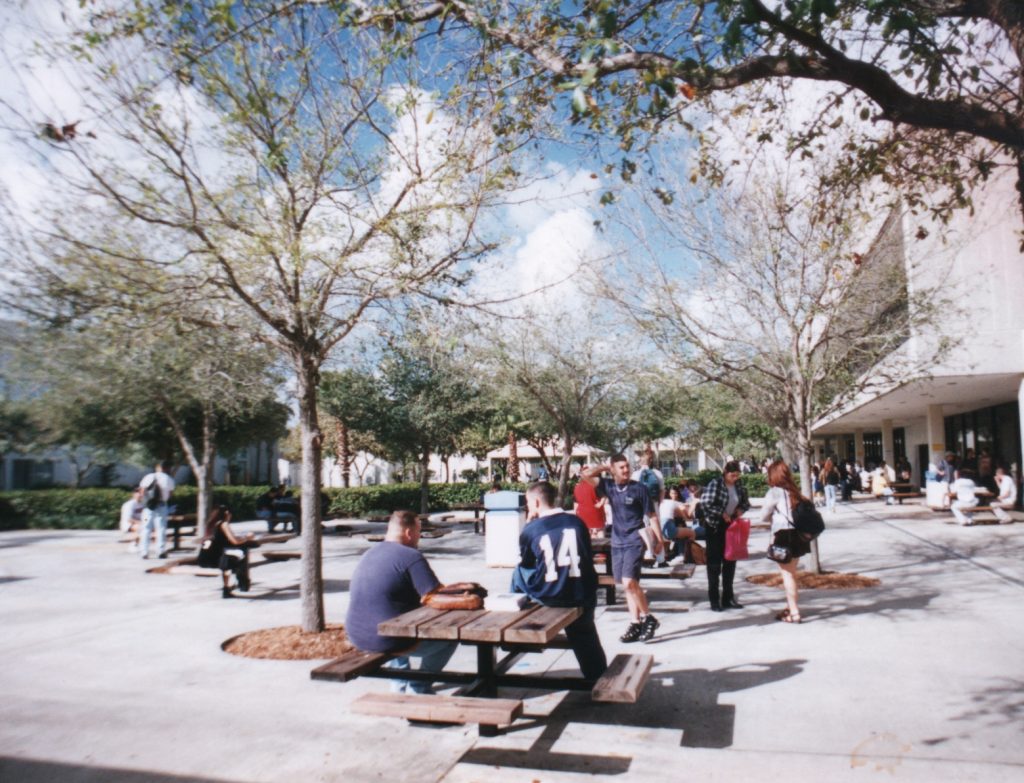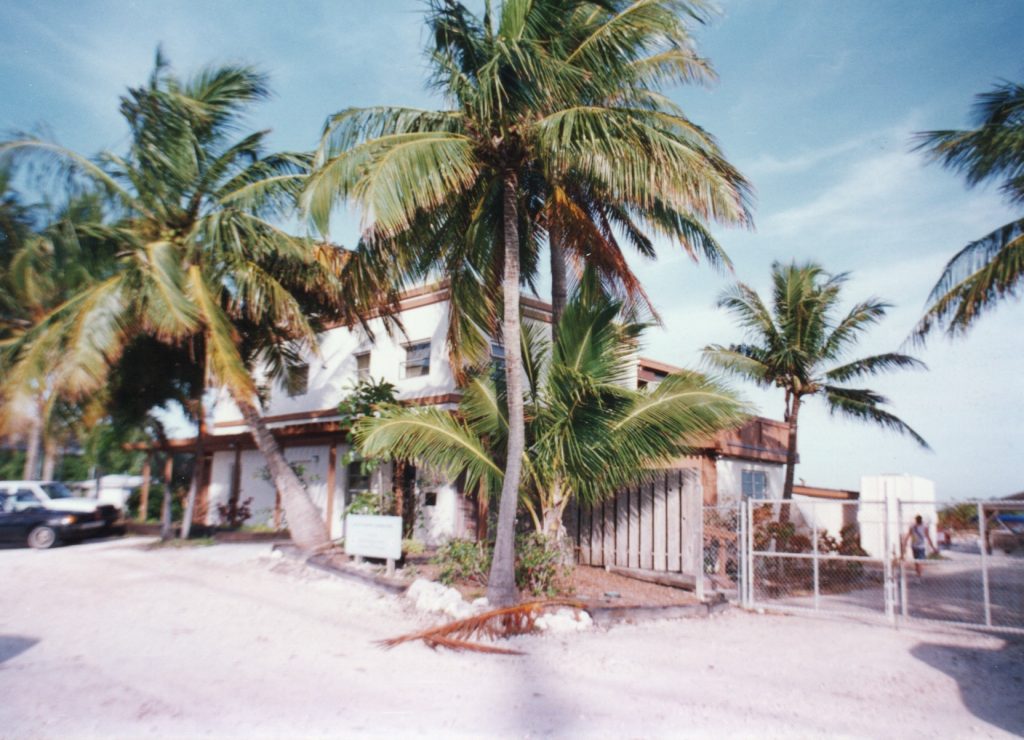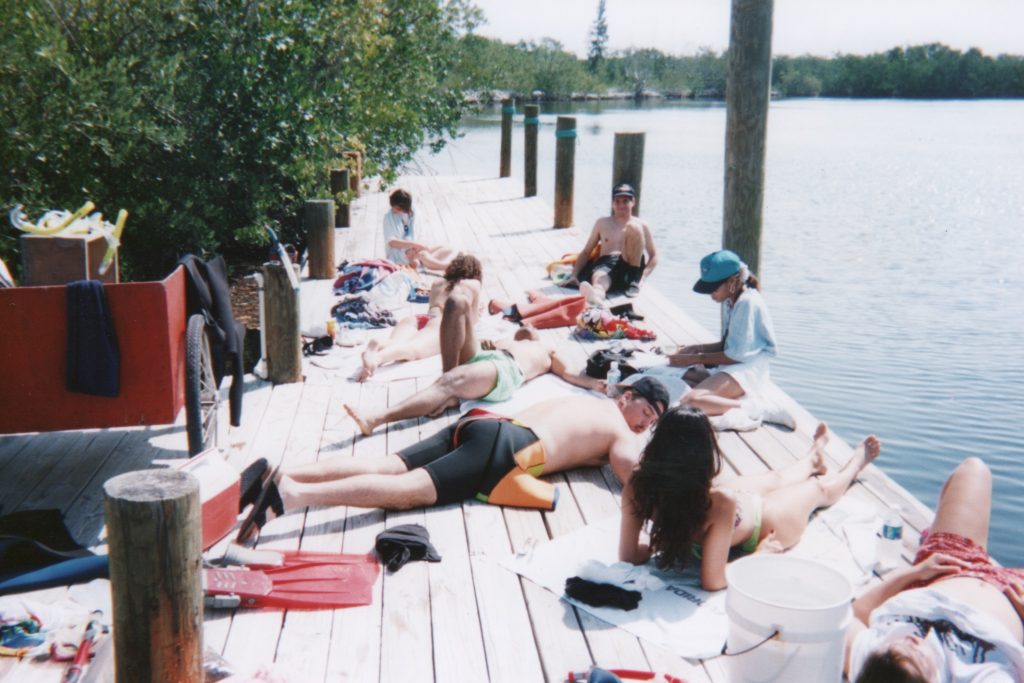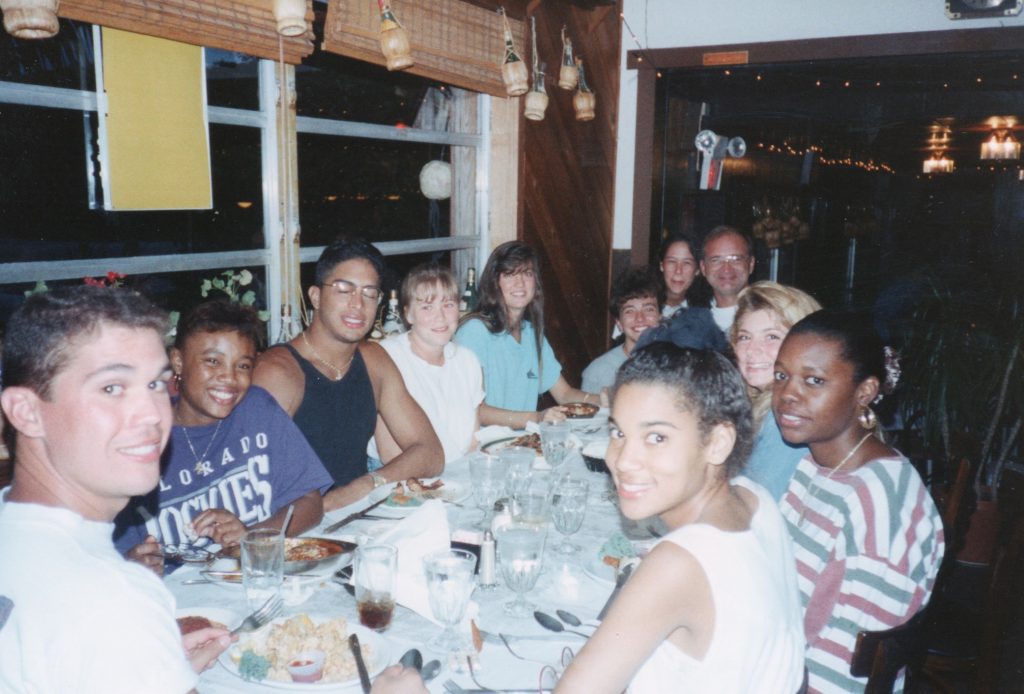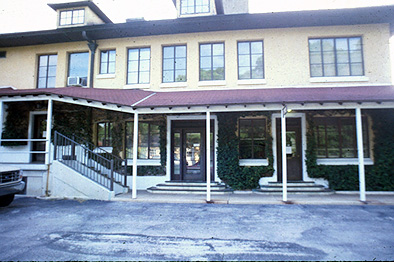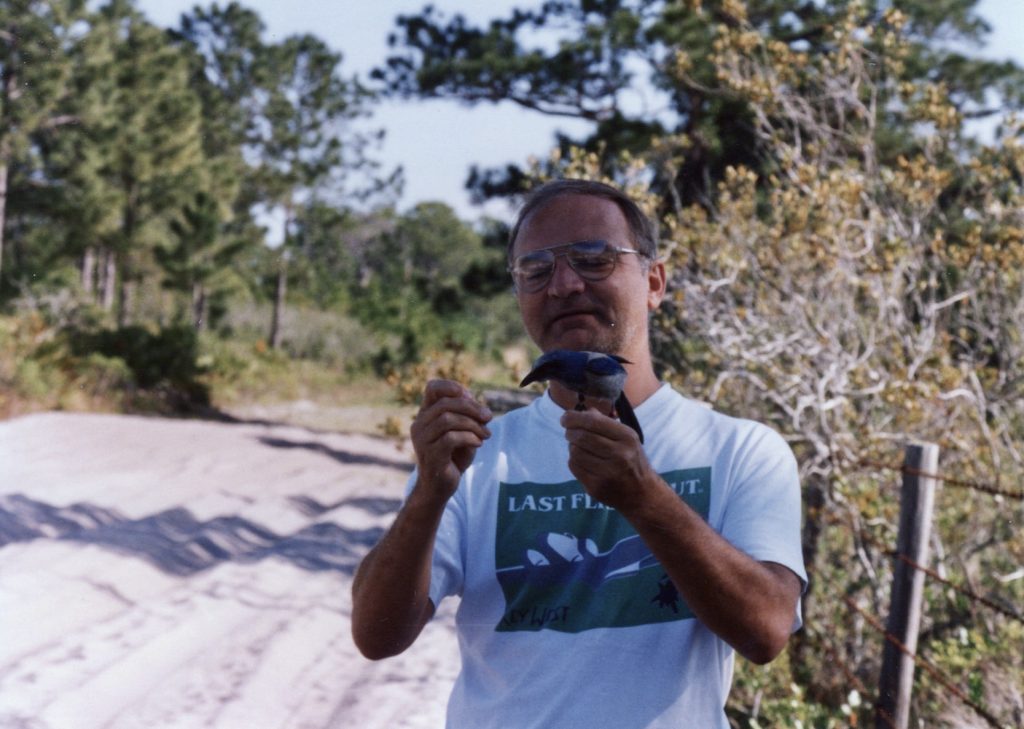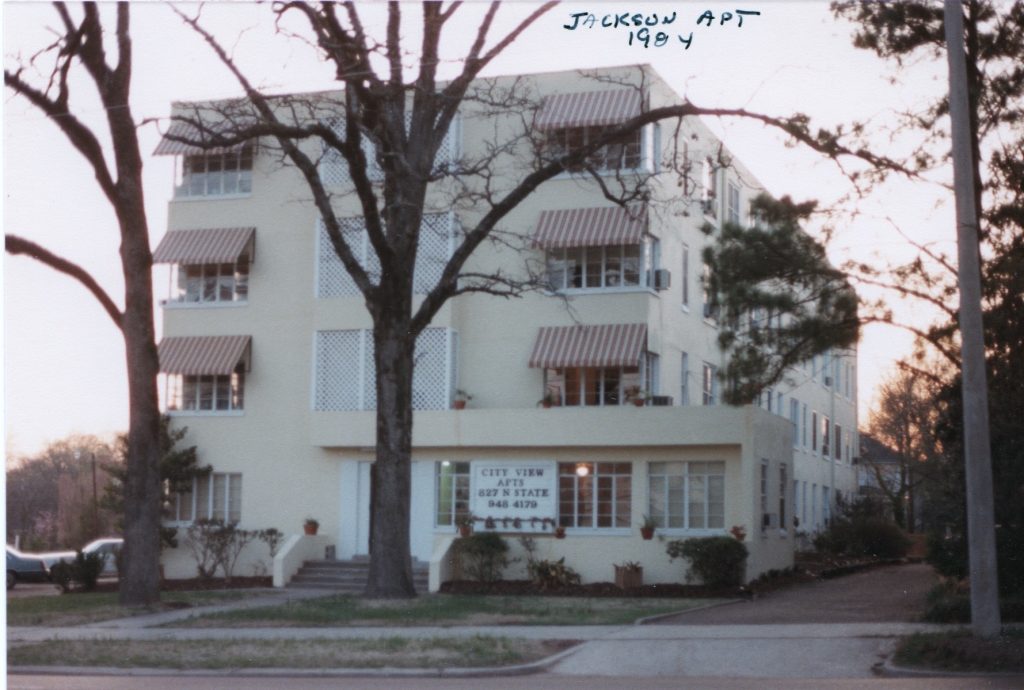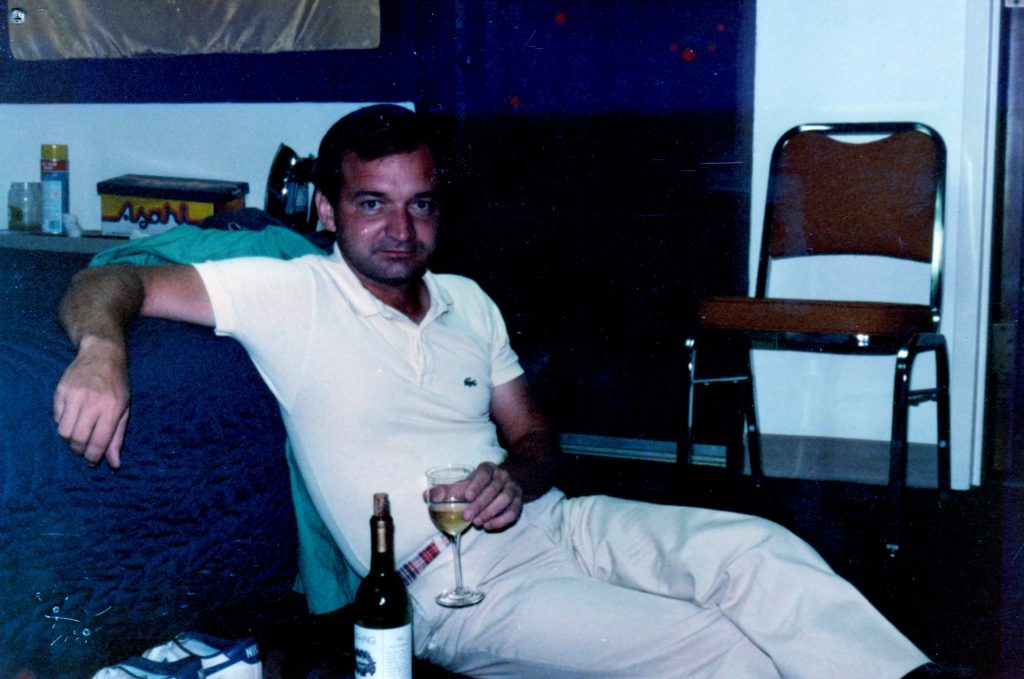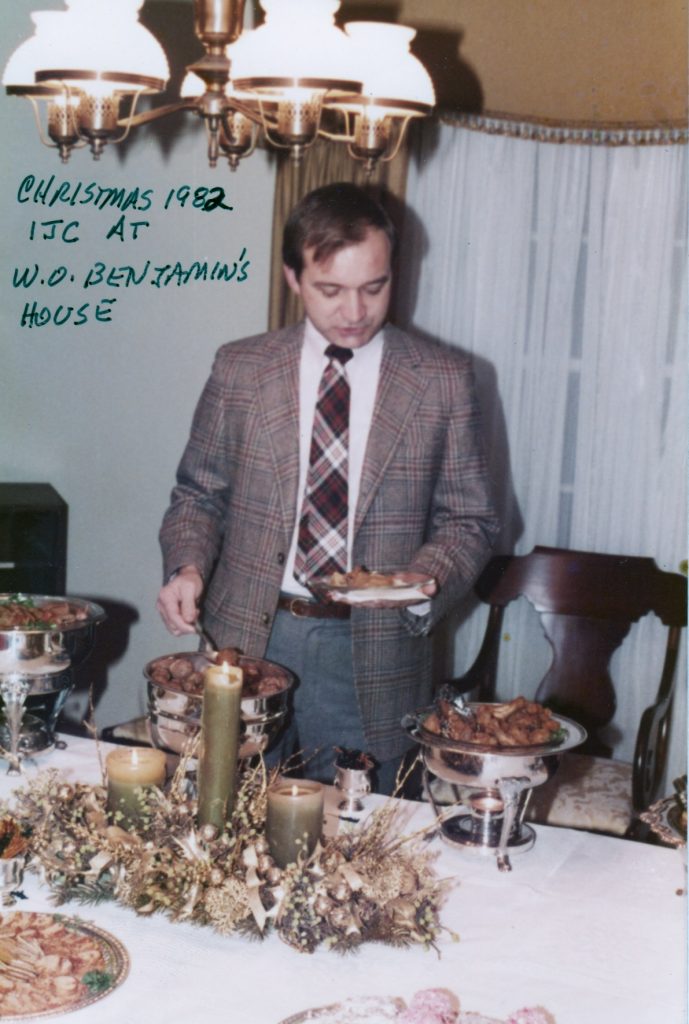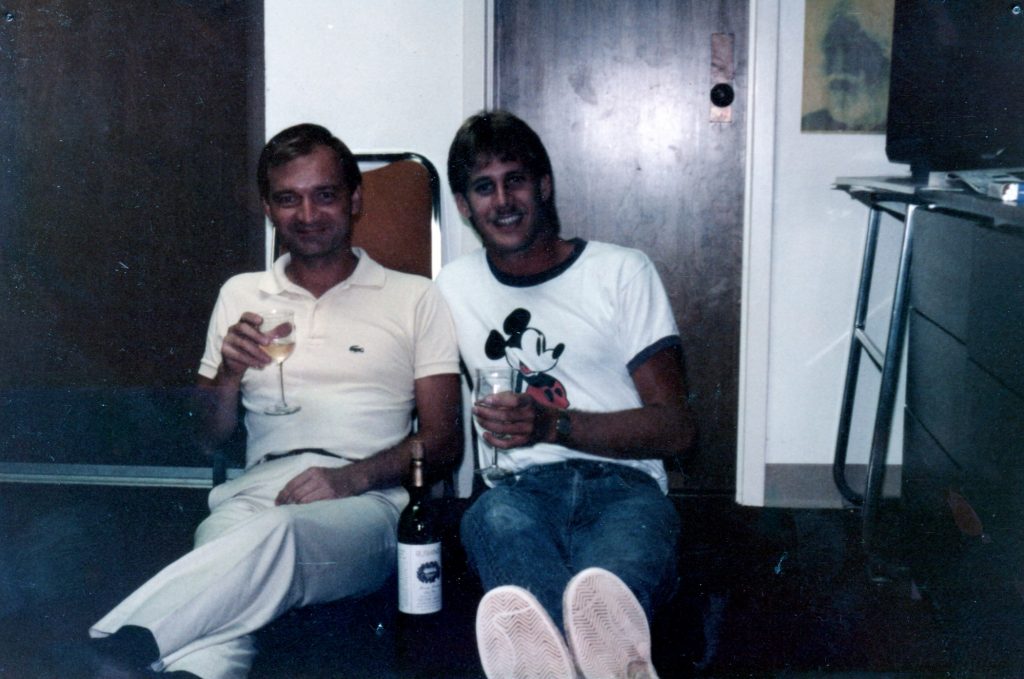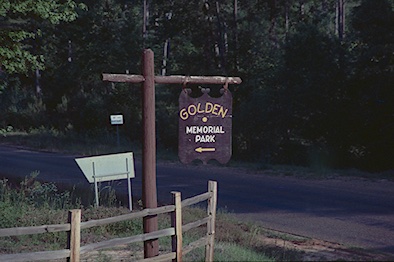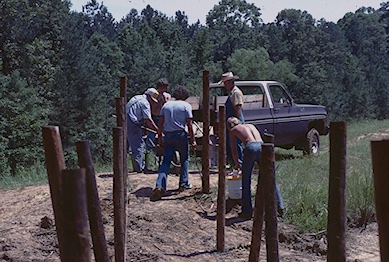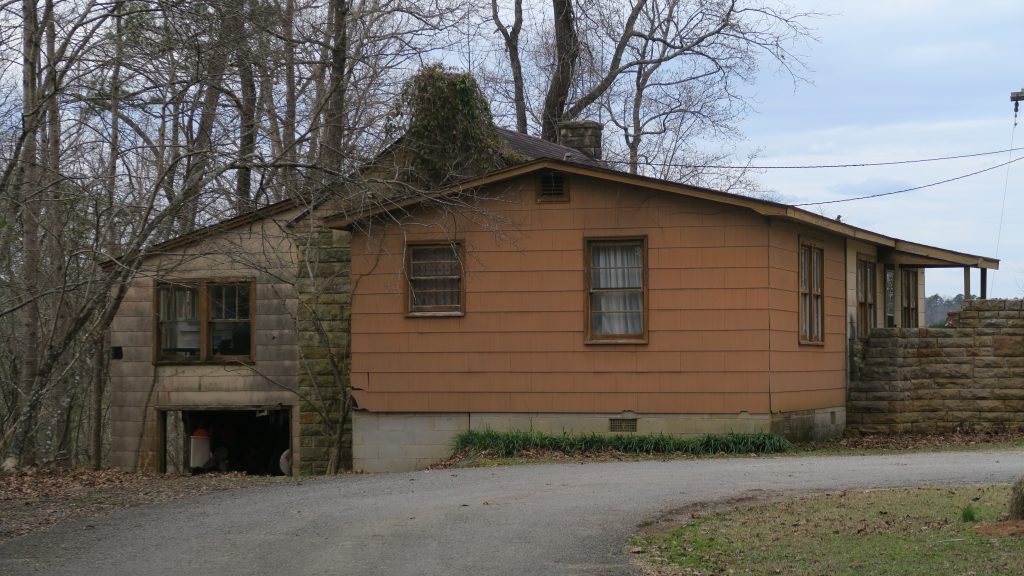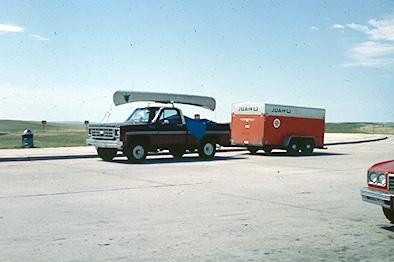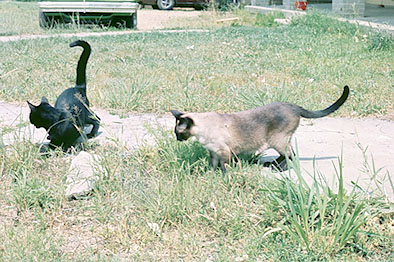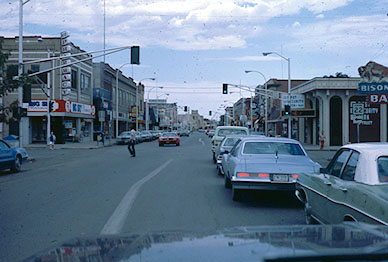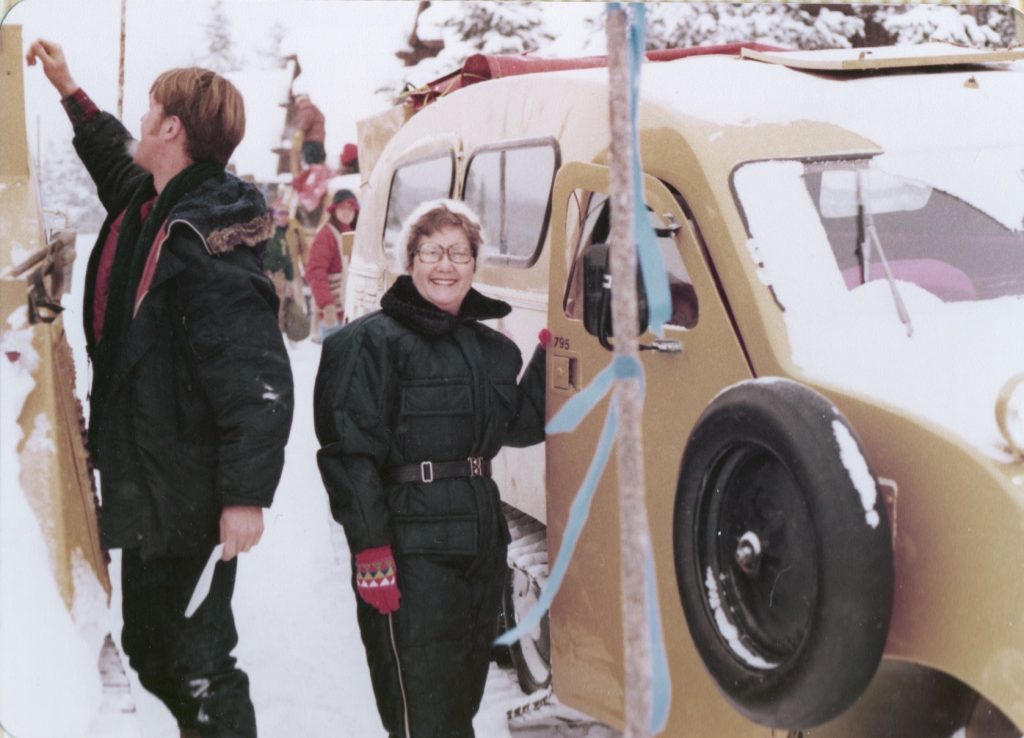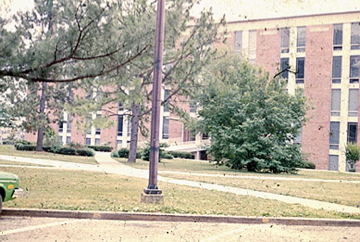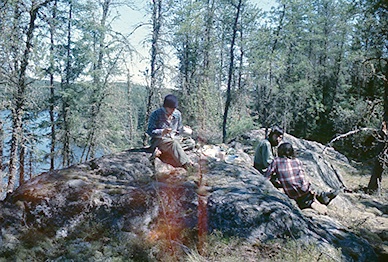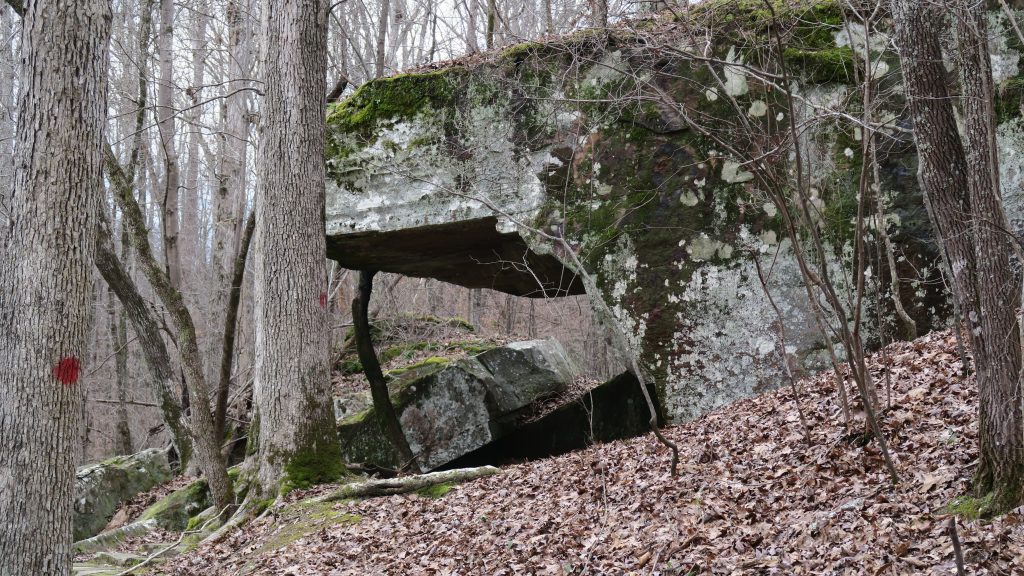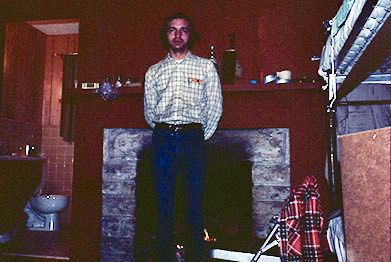
5 April 2021
In 1994, I completed two terms as faculty senate president and United Faculty of Florida chapter president and had pretty much mentally crashed. So what do you do to get over some trauma but dive into more trauma?
I was looking to make a difference somewhere. I figured that since I had a masters in Library and Information Science from Florida State University, why not put that to use by volunteering at the Stonewall Library and Archives.
A little history…. It’s my understanding that in 1972, Mark Silber, a local in Fort Lauderdale, donated his collection of gay and lesbian books and magazines to create Stonewall Library and Archives, named in honor of the Stonewall riots of 1969.
For quite a while, the collection was simply housed in Mark’s parents house but eventually found its way into a classroom at the Metropolitan Community Church (MCC). Somewhere around 1983, it merged with the Boca Raton based Southern Gay Archives. When I inquired about volunteering the collection was housed at 1146 East Oakland Park Blvd. on the fourth floor. It was pretty much crammed into three small office spaces. At the time, the Gay and Lesbian Community Center (GLCC) was located in the same building and took up the entire third floor. I mistakenly assumed the library was part of the GLCC. The GLCC did offer some financial support (paid the rent) but the two organizations have always been separate.
In 1997 (I think) I started volunteering one night a week. While there, I tried sorting out the periodical collection. That was my job when I was a work study student at the University of Mississippi Library. It was also my interest when I got my degree in library science. There was one other consistent volunteer, Ed Fojoe and he was working towards his library science degree while working for the university library at Florida International University. John Graves was president of the board.
John was the major benefactor of the library. I knew of John because many years ago when I taught at Itawamba Junior College I applied for a Chautauqua course on the history of science and it was conducted by John. I didn’t make the cut that year for the course but for some reason his name stuck with me. John majored in physics at Princeton and got his PhD in philosophy. His thesis was titled “Conceptional Foundations of Contemporary Relativity.”
When once asked about how he acquired his money, he said it wasn’t inherited nor was it any great effort on his part. He bought stock in Intel at fifty cents a share on a recommendation of a friend.
In any case, I started going to board meetings for Stonewall and got more involved with volunteering. Before long, I found myself as president of the library. I had no desire to be president after my stint with the union and the faculty senate but it was either me or no one. I was selected by default.
About the time I was made president, we were forced off the fourth floor and onto the floor below with the GLCC. We went from three rooms to two. Something had to give. We moved the periodicals collection to a storage facility and I operated out of there for at least three years.

While at the storage facility, I tried to computerize the records of the collection based on a database that one of our volunteers, Bob Ewart, provided. About this time I met Paul Fasana.
Paul, and his partner, Dr. Robert Graham, were very interesting people. Paul was a first generation college graduate and became a librarian and eventually worked his way up to Senior Vice President and Andrew W. Mellon Director of Research Libraries of the New York Public Library. He was one of the first to experiment with automating the checkout process in libraries. I like to believe we came good friends. Sadly, he passed away this year. He partner Robert was the lead physician for a major insurance company (and neurologist) and was also appointed by Reagan to some national committee. Robert and Paul were welcomed graciously into the Reagan Whitehouse.
Anyway, Paul and I would slave away at the storage facility trying to collate the collection, pull any duplicate issues and generally organize the periodical collection. Any duplicates we put aside as trade specimens with other libraries. We even got a trade going with Cornell University. The light in the storage facility was dismal, the space cramped, and the air condition only sometimes worked.
In the meantime, I was finding out what a 501(c)3 organization was. It’s a nonprofit that allows donations to be tax deductible. To maintain your status as a 501(c)3, you had to file an annual report with the state of Florida. Going through the filing cabinet, I could only find one or two of these and they were a single page. I was horrified to realize the library and archives had not submitted one in years – we could lose our status. I approached the board with the idea of using the annual report as a publicity tool to pull in donors. I worked to put together a little more polished report. I think it was around 15 or 20 pages and I asked the board to approve an expenditure to have it printed. I think they were going to balk until John Graves spoke up and set he would pay the cost of printing. We used that annual report all year to publicize the library and attract donors. The library and archives has since that time put together a very professional annual report every year. I did annual reports with Rob Nathans for the next six years. The library continues to publish them to this day.
Move ahead a year and the GLCC found a new location off Andrews Avenue in Fort Lauderdale. That meant we had to move the library again. We’re talking several thousand books here. John again to the rescue. He hired a moving company that specializes in moving libraries and we shifting operations to Andrews Avenue at the old Shriner’s building. (It still had the funny cars inside.)

John had our back. He was a major contributor not only to the library and archives but also the GLCC so he insured we would get a larger space (to the right of the entrance awning in the center of the building). Unfortunately, it needed significant renovation. It required a brand new a/c unit, carpeting, new shelving, and where we would put the archive/periodical collection was a garage for the funny cars. We needed to raise the floor level 8 inches with poured concrete. We had an architect that designed the space to our needs. I have to admit the construction contractor was very attentive to the library’s needs.
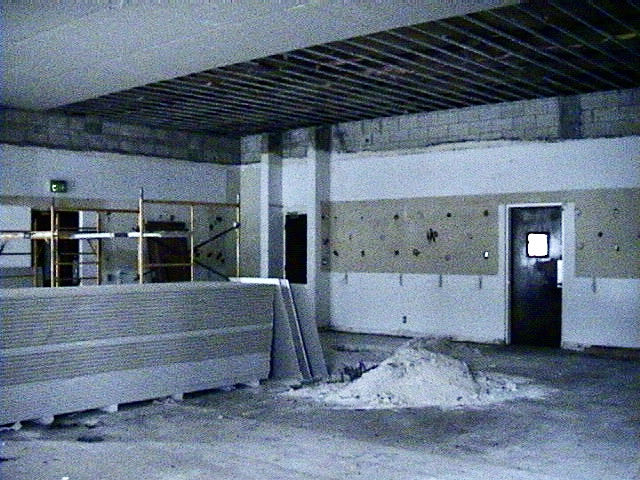
As we were getting ready to renovate, Rob Nathans and I wrote the first grant for the library for shelving for the archives. We combed through every possible grant giving organization in the U.S. to see who might be willing to fund a project at Stonewall. We finally reached out to Larry Ellison of Oracle and his foundation. We were funded. The condition was we had to raise matching funds with new donations – not existing ones. We reached out to the Division of Libraries with the state of Florida and received some funds from them, from John Graves and from Paul Fasana and several others. We made the match. We spent that on new shelving for the library and for the archives.
Paul asked me what type of shelving I was thinking about and I asked him for suggestions. He came up with compact shelving. It was a lot more expensive than our grant but he made up the difference and even later purchased more compact shelving.

We also managed to get flat shelving for posters and maps and archive quality boxes to replace the cheap boxes we had been storing the collections in. I purchased as many archival supplies as the budget would allow.
We moved the periodical collection into the new space and set up shop. It was a wonderful leap in progress.
Every so often we would have someone come into the library and say “I wrote that book!” As president, I figured why not take advantage of Fort Lauderdale weather. After all, people flocked here during the winter. Why not contact some authors and ask if they wanted to come down and do a reading and sign some books for sale? We couldn’t pay them any money but I thought why not ask the guest houses if they would put them up for free?
Fort Lauderdale has a lot of gay guest houses scattered throughout Fort Lauderdale, Oakland Park, and Wilton Manors. The Broward County/Miami/Dade County/Palm Beach County area has the second largest gay population in the United States. New York is number 1, we are number 2 and San Francisco is number 3. I think at the time there were something like 12-15 gay guest houses.
I would get an author to make a commitment to come down and do a reading on a specific date. I then sent out a blanket email to the guest houses asking if anyone had a vacancy they could put the author up for free. Generally, this was “in season” for the guest houses and there often were no vacancies. However, I was amazed when within minutes of sending out the first email request, I got two or three replies saying yes. The others sent regrets but asked to be kept on the mailing list. I was so proud of those gay guest houses.
The one time I was getting desperate was when only one guest house replied that they have an availability. It was a guest house that specialized in bondage and discipline and even advertised that all the rooms had a sling hanging from the ceiling ready for their patrons. I had no choice. I had to put the author up in the B&D B&B. He loved it! He extended his stay at his own expense. Whew!
Also coming on board to volunteer was Hugh Ripley. He had been the head librarian at St. Thomas University. Our collection was getting huge from donations of books and periodical and artifacts. Since I began volunteering, the library had been using the Dewey Decimal System for classification. It was unwieldy, particularly when people got their decimals confused. A lot of patrons thought a book ending with 0.5 was found before 0.10 because 10 is greater than 5. We also had a problem with volunteers shelving fiction books since they were shelved by author. If there was no author, then by title. If by title, was the word “The” at the beginning of a title significant? It was a mess.
Hugh and I met with our Chief Librarian, Steve Kerr, a retired librarian from the Broward County Library system and we agreed that we were a research library as well as an average reader library. It particularly made sense for the archives. We shifted to the Library of Congress classification system. Most of our titles were already in the LC system and all we had to do was look up the LC classification add the that to the spine of the book. Most of our collection was not in the Dewey Decimal System which meant you had to classify it on your own and decipher Cutter numbers for the books.
Steve Kerr did the impossible and completely converted the collection to LC within two years. Much later, after I left the library, they converted the fiction back to Dewey, so sadly, they now have two systems of classification in the building.
One of the authors I invited down was James T. Sears from the University of South Carolina. He was, at the time, an historian at the University of South Carolina and he specialized in, among other things, GLBTQ history. He came down several times over the years and he liked what we were doing so much he donated his entire collection of materials on GLBTQ history to the archives. You can see some of the holdings of the archives here.
After we started the fancy annual reports, we started getting more and more donations of materials to the archives and when they walked into the archives and saw the organized materials on the compact shelving, that sold them into giving us more materials and funding. One guy I showed around the archives walked away impressed and he later sent me a check for $2000.
Another thing we instituted was an emergency preparedness plan. After all, we live in a hurricane zone. We made sure we had access to a company that refrigerated trucks to store water damaged materials. During several close calls we wrapped the compact shelving in plastic. We had a printed plan in place and it was reviewed every year.
After my two initial terms as president, I became Chief Archivist (a lot of my training at FSU was in preservation and conservation). I was even invited to present a paper to the state library association at a meeting in St. Augustine. They were thrilled to hear of the success of the library and archives. The state archivist, who helped channel some funds to us for the compact shelving, asked for before and after pictures – that you see in this blog – so they could publish them in their newsletter. Remember, this funding from the state was during a fairly moderate Republican governor. As far as I know the library and archives has never received any more funding from the state as the state government has become more right wing. Fortunately, corporations, the city and county government have been more forthcoming.
Just before I left the library, the archives initiated an oral history project. It went on hiatus after I left but has since been brought back. One of the simplest things we did was to immediately write letters of appreciation for donations and explaining to the donor we were a 501(c)3 organization and as such, their donation was tax deductible. This had been an on again/off again process and I made sure it became a priority as president.
Apparently one donor did not receive his letter. He walked into the library and loudly complained to all his donation of magazines was not appreciated. John Graves took him by the arm and walked him out and said “Listen, we are an all-volunteer organization – give us a break.”
I worked with the library and archives for seven years. Most of what I did I could not have done without the help of Rob Nathans. After seven years and a lot of acrimony among board members, both Rob and I resigned.
After I left, the library moved into a section of the old city of Fort Lauderdale library. The building was owned by the city but the land is owned by the county (or vice versa). The majority of the building is taken up by ArtServe but a section was reserved for Stonewall. The name was changed to Stonewall National Museum & Archives. Of course, the mayor of Fort Lauderdale at the time, Jim Naugle, claimed we had pornographic material in the collection. Of course we did. We collected everything GLBTQ related included porn. It’s just not available to the general public. You have to be a researcher in order to access that material.
Originally our mission was to collect and preserve any GLBTQ material from a boundary south of Washington, DC, west to the Mississippi. It has since become a national collection. Probably the only thing close to Stonewall in size is the archive in San Francisco and I know of no other library with the number of volumes of GLBTQ books.
When I first became a volunteer we had around 10,000 volumes. Today the library has 28,000 volumes. You measure archives in linear feet. Today there is 2700 linear feet of archival material consisting of over 6 million pages. It has rare first edition books and manuscripts. The collection contains phonograph records, musical scores, club cards, tee shirts, signs from protests – you name it and the archives has it. All of it is properly conserved in acid free boxes and paper. It is all on computer and accessible to the general public.
While I was with the archives, we had students write their theses on topics that we had primary source material on. One undergrad from Harvard came down for a week. We’ve had several national researchers tell us our Anita Bryant collection is the best in the nation. We even helped a detective working on a crime by going through our archives based on the date of a murder.
The library consistently obtains grants these days to help fund projects. It sends exhibits all over the country and for several years, its had a full time paid director, fund raiser, and museum/exhibits curator. In addition, it opened up exhibition space in Wilton Manors, the hub of the gay community in Broward.
I loved the time I spent working as a volunteer, less love on the time as president, but more love as Chief Archivist. However, it was taking a toll and I knew when to throw in the towel and sit back and watch it grow. I’m still a member to this day.
Stay tuned!












